![]()
Sean Fanning (1980) invented p2p with Napster

Adam Cohen (1979) invented the "electrochemical paintbrush"
nanotechnology used in etching microchips
Jimmy Wales (1966) created Wikipedia together with Larry Sanger

Bill Gates (1955)

Tim Berners-Lee (1955) invented the World Wide Web
and HTML
or hypertext markup language
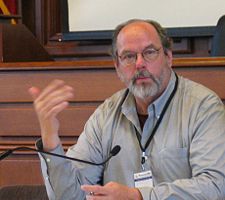
Ward Cunningham (1949) is the American computer programmer who developed the first wiki
Raymond Kurzweil (1948)

Roger E. Billings (1948) designed a way to use hydrogen as a fuel to power a car
Nolan Bushnell (1943) invented the video game Pong and is
perhaps the father of computer entertainment, founder of Atari

Federico Faggin (1941) received a patent for the first computer microprocessor
Stanley_Cohen.jpg)
Stanley Cohen (19??) is the founding father of genetic engineering

James Fergason (1934) invented liquid crystal display or LCD
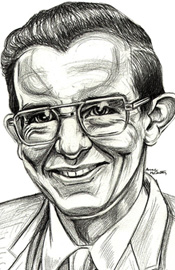
James T Russell (1931) invented the compact disc
Günter Schwanhäußer (1928)
Lewis Urry (1927-2004) invented both the alkaline battery and lithium battery
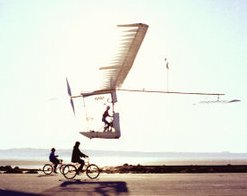
Paul MacCready (1925) invented the first human-powered flying machine in history

Douglas Engelbart (1925) invented the computer mouse and the
first graphical user interface software before Microsoft or Apple

John Backus (1924) the first high level computer programming
language, Fortran was written by John Backus and IBM

Stephanie Louise Kwolek (1923) invented para-aramid fibers
(Kevlar), used in mooring ropes, fiber-optic cables, aircraft parts,
canoes and bullet-resistant vests
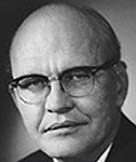
Jack St Clair Kilby (1923) invented the
integrated circuit, also known as the microchip
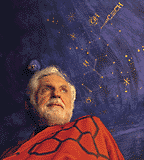
Carl Djerassi (1923)

Gordon Gould (1920) invented the laser
Jack Hopps (1919-1998) invented the artificial pacemaker
in collaboration with Dr. W.G. Bigelow and Dr. J.C. Callaghan
Konrad Zuse (1910-1995) built the first functional
tape-stored-program-controlled computer, the Z3, in 1941
Masaru Ibuka (1908-1997), Kozo Ohsone (19??) invented the walkman

John Bardeen (1908-1991) received a patent for the transistor
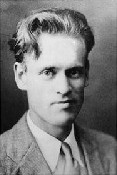
Philo T Farnsworth (1906-1971) conceived the basic operating
principles of electronic television at the age of thirteen
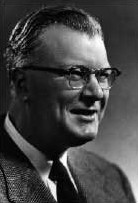
Chester Carlson (1906-1968) invented xerographic printing

René Lacoste (1904-1996) invented the polo shirt

George Stibitz (1904-1995) in 1937 he completed a relay-based
computer the "Model K" which calculated using binary addition

Andrew Alford (1904-1992) invented the localizer
antenna system for radio navigation systems

John von Neumann (1903-1957) invented the von Neumann
machine whose architecure is the basis for all modern computers
Walt Disney (1901-1966) invented the multiplane camera

Enrico Fermi (1901-1954) invented the neutronic reactor
Dennis Gábor (1900-1979) developed the theory of holography
while working to improve the resolution of an electron microscope
Adi Dassler (1900-1978) invented the soccer cleat shoe
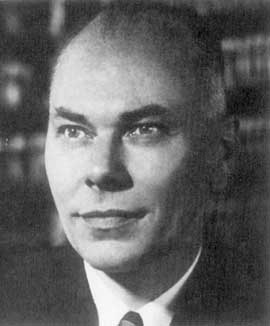
Howard Aiken (1900-1973) worked on the Mark computer series
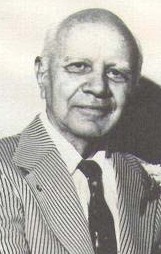
Russell Ohl (1898-1987) is generally recognized for patenting the modern solar cell

Igor Sikorsky (1889-1972) invented fixed winged and multi-
engined aircraft, transoceanic flying boats and helicopters
Buckminster Fuller (1895-1983) invented the Geodesic Dome

Juan de la Cierva (1895-1936) his most famous accomplishment was
the invention of the Autogiro, the predecessor to the helicopter in 1923
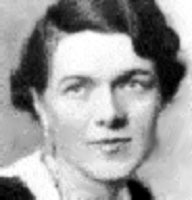
Mary Phelps Jacob (1891-1970) invented the woman's bra
Ole Kirk Christiansen (1891-1958) invented Lego
shampoo (1890)
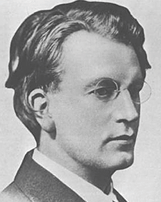
John Logie Baird (1888-1946) is remembered as the inventor of mechanical
television, and also patented inventions related to radar and fiber optics

Alexander Fleming (1881-1955) discovered Penicillin
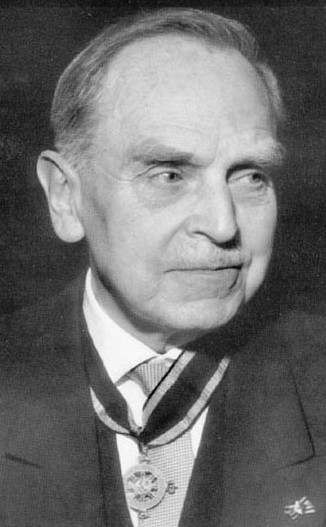
Otto Hahn (1879-1968) in 1938 he induced nuclear fission for the first time in history.
Fission is when the nucleus splits into two or more smaller nuclei plus some by-products
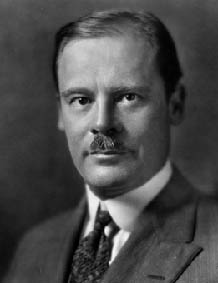
Ernest Alexanderson (1878-1975) invented the high-frequency alternator used in radio broadcasts
Guglielmo Marconi (1874-1937) invented the wireless telegraph
Gleb Kotelnikov (1872-1944) invented the knapsack parachute
Slavoljub Eduard Penkala (1871-1922) invented the ball point pen
Stormy Kromer (1876-1970) inventor of the baseball hat
Alberto Santos-Dumont (1873-1932)
Wilbur Wright (1867-1912) and Orville Wright (1871-1948) received
a patent for a "flying machine" that we know as the airplane

Reginald Fessenden (1866-1932) is the father of radio broadcasting,
in 1900, Fessenden transmitted the world's first voice message

George Washington Carver (1864-1943) invented three hundred uses for
peanuts and hundreds more uses for soybeans, pecans and sweet potatoes;
and changed the history of agriculture in the south
Henry Ford (1863-1947) improved the "assembly line" for automobile
manufacturing when he installed the world's first moving assembly line
on December 1, 1913. He also received a patent for a transmission
mechanism, and popularized the gas-powered car with the Model-T

Leo Baekeland (1863-1944) patented a "method of making insoluble
products of phenol and formaldehyde" which we know today as plastic

Louis Jean (1864-1948), Auguste Lumiere (1862-1954) were the creators of the cinematographic projector
James Naismith (1861-1939) physical education instructor who invented basketball

Herman Hollerith (1860-1929) invented a punch-card
tabulation
machine system for statistical computation
Rudolf Diesel (1858-1913) invented the diesel-fueled internal combustion engine
Frank J. Sprague (1857-1934) electric traction

Heinrich Hertz (1857-1894) was the first to demonstrate the production
and detection of Maxwell's waves that lead to the invention of radio
Nikola Tesla (1856-1943) invented an AC motor and transformer, X-Ray technology,
a vacuum tube amplifier and the Tesla Coil. Nikola Tesla claimed the invention
of an electrical generator that would not "consume any fuel". The Supreme Court
overturned Marconi's radio patent in 1943, in favor of Tesla's patent
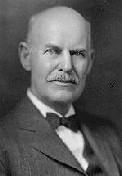
Edward Goodrich Acheson (1856-1931) received a patent for carborundum
-the hardest man-made surface and was needed to bring about the industrial age
Oliver Lodge (1851-1940) invented the moving-coil loudspeaker

Emile Berliner (1851-1929) invented the disk gramophone
Karl Braun (1850-1918) electronic television is based on the development of the
cathode ray tube that is the picture tube found in modern television sets. German
scientist, Karl Braun invented the cathode ray tube oscilloscope (CRT) in 1897
Friedrich Soennecken (1848-1918) invented the ring binder
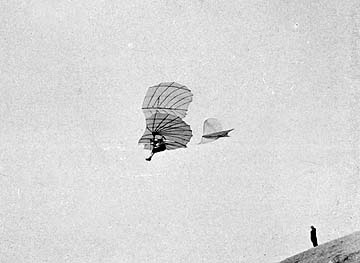
Otto Lilienthal (1848-1896)
Thomas Edison (1847-1931) invented the tin foil phonograph,
worked with lightbulbs, electricity, film and audio devices
Alexander Graham Bell (1847-1869) invented the telephone and the
photophone, a device that enabled sound to be transmitted on a beam of light
Edward H. Johnson (1846-) electric Christmas tree lights
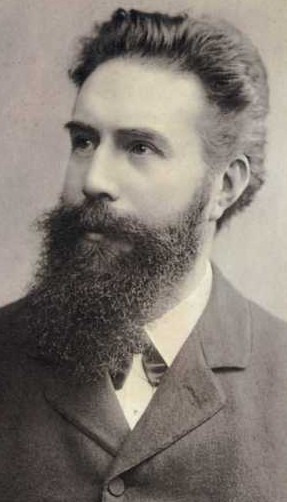
Wilhelm Conrad Röntgen (1845-1923) discovered x-rays
Karl Benz (1844-1929) patented the first crude gas-fueled car
Casimir Zeglen (18??-19??) invented a bullet resistant cloth
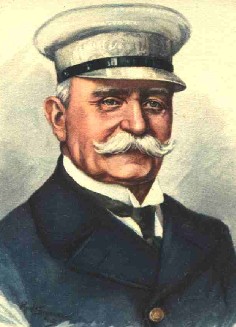
Ferdinand Graf von Zeppelin (1838-1917) the first guidable rigid airship, aka the Zeppelin
Frédéric-Auguste Bartholdi (1834-1904) built the Statue of Liberty
Gottlieb Daimler (1834-1900) invented a gas engine that allowed for a revolution in car design
Alfred Nobel (1833-1896) invented dynamite
Nicolaus August Otto (1832-1891) invented the first practical alternative to the steam
engine, the "Four-Stroke Internal-Combustion Engine" or gas motor engine in 1876. He
named his invention the "Otto Cycle Engine". As soon as he had completed his engine,
Otto invented a motorcycle to use it with
Gustave Eiffel (1832-1923) built the Eiffel Tower for the Paris World's Fair
of 1889, which honored the 100th anniversary of the French Revolution
Levi Strauss (1829-1902) invented the blue jeans

Sir Sandford Fleming (1827-1915) invented standard time
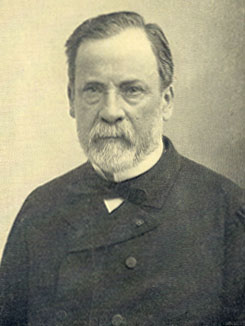
Louis Pasteur (1822-1895) discovered that most infectious diseases are caused
by germs, known as the "germ theory of disease". Pasteur created inventions
based on fermentation, such as improved brewing methods and pasteurization

Christopher Latham Sholes (1819-1890) invented the QWERTY keyboard of typewriters
Thomas Adams (1818-1905) manufactured the first commercially successful chewing gum
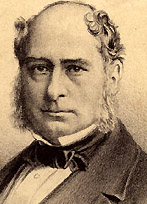
Henry Bessemer (1813-1898) invented the first process for mass-producing steel inexpensively

Elisha Graves Otis (1811-1861) invented a safety device in 1852 that made
elevators much safer by preventing them from falling if the hoisting cable parted
William Robert Grove (1811-1896) developed the fuel cell

Cyrus McCormick (1809-1884)

Hippolyte Pixii (1808-1835)
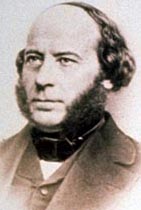
John Ericsson (1803-1889) invented the ship propeller

Justus von Liebig (1803-1873) invented nitrogen-based fertilizer
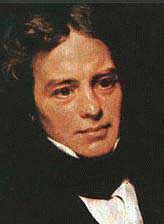
Michael Faraday (1791-1867) invented the electric motor

Jesse W Reno (1789-1855) created a new novelty ride
at Coney Island. This lead to the invention of the escalator
Karl Drais (1785-1851) invented the bicycle
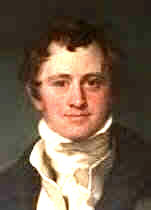
Humphry Davy (1778-1829) invented the first electric light

Sir George Cayley (1773-1857)

Alois Senefelder (1771-1834) invented the printing technique of lithography
Richard Trevithick (1771-1833) built the first steam engine tramway locomotive

Jacob Perkins (1766-1849) was a noted inventor of various
types of machinery including steel engraving plates for bank notes

Nicéphore Niépce (1765-1833)
Eli Whitney (1765-1825) invented the cotton gin, a machine that separates seeds,
hulls and other unwanted materials from cotton after it has been picked. As well
he developed the American System of manufacturing in 1799 and introduced the
assembly line (designed originally to create muskets for the U.S. Government)

Oliver Evans (1755-1819) pioneered the high-pressure steam engine
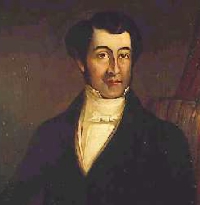
Joseph Bramah (1748-1814)
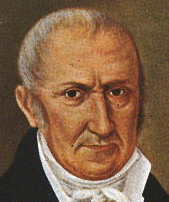
Alessandro Volta (1745-1827) invented the voltaic pile, a forerunner to the electric battery

John Fitch (1743-1798) made the first successful trial of a steamboat

Luigi Galvani (1737-1798) demonstrated what we now
understand to be the electrical basis of nerve impulses

Richard Arkwright (1732-1792)

James Hargreaves (1720-1778) invented the spinning jenny

John Montagu, 4th Earl of Sandwich (1718-1792)
Louis François Armand du Plessis, duc de Richelieu (1696-1788) invented mayonnaise
in 1756, to celebrate the Duke's victory over the British at the port of Mahon
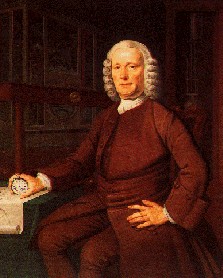
John Harrison (1693-1776)
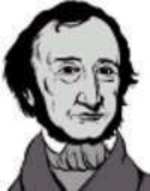
Daniel Gabriel Fahrenheit (1686-1736) the German physicist who invented
the alcohol thermometer in 1709 and the mercury thermometer in 1714.
In 1724, he introduced the temperature scale that bears his name

René Antoine Ferchault de Réaumur (1683-1757) invented
the thermometer scale which bears his name: the Réaumur
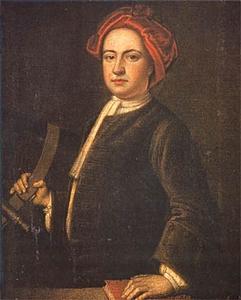
John Hadley (1682-1744) the sextant

Thomas Newcomen (1664-1729) steam engine

Dom Pérignon (1639-1715)
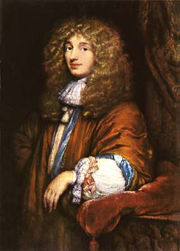
Christiaan Huygens (1629-1695) invented the pendulum clock
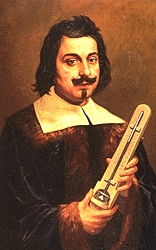
Evangelista Torricelli (1608-1647) invented the barometer
Otto von Guericke (1602-1686) the inventor of the nothing we call a vacuum
Samuel Morse (1576-1654) invented telegraph wires and Morse code, an electronic
alphabet
patented in 1840. The first telegraph read, "What hath God wrought!"
Johannes Kepler (1571-1630) invented log books that he used as a tool for
calculating planetary positions, eyeglasses for near and far sighted persons,
the convex eyepiece, and the quintile and biquintile (astronomy) aspects
Faust Vrančić (1551-1617)
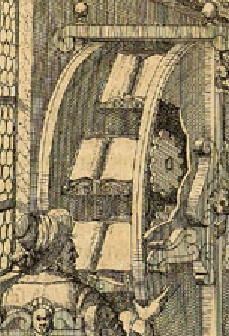
Agostino Ramelli (1531-1600) designed the reading wheel

Ludovico degli Arrighi (1475-1527)
Johannes Gutenberg (1394-1468) best known for the Gutenberg
press, an innovative printing machine that used movable type
Shen Kuo (1031-1095)
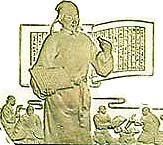
Bi Sheng (fl.1040) was the inventor of movable type printing

Cai Lun (50-121) invented paper
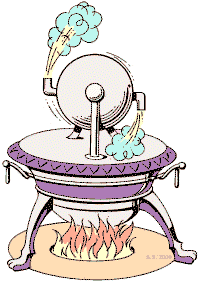
Heron of Alexandria (10-70) invented the first steam engine
Marcus Vitruvius Pollio (fl. 70 bc)
Ctesibius (285-222 bc)

Archimedes (287-212 bc) invented the irrigation device known as Archimedes' screw